Soccer balls can move and bounce in all sorts of directions when they’re struck by professional players.
A great example is Cristiano Ronaldo’s knuckleball free kick technique – often used to make the ball dip and swerve in front of the opposition goalkeeper at the very last moment.
But to the unexperienced eye, one would think that soccer balls are filled with helium due to how impressively they travel through the air.
I mean, it’s possible to see why such a theory would make sense.
Helium is a gas with an extremely low density that allows the element to float in the air, so it’s only natural for a spectator new to the game to think that soccer balls curve and bend in the way that they do due to being helium filled.
In today’s article, I’m actually going to debunk this belief, starting with the provision of the following succinct answer:
Soccer balls – including the ones used by professional players – do not contain any trace of helium gas within them. Regular air mostly comprising of nitrogen and oxygen is what is used to pressurise these objects to their rounded-out shape.

Want to test your knowledge on soccer ball care?
Take the quiz by clicking the button below and see just how informed you truly are!
Note - You'll need to enter your email address to see the final results.
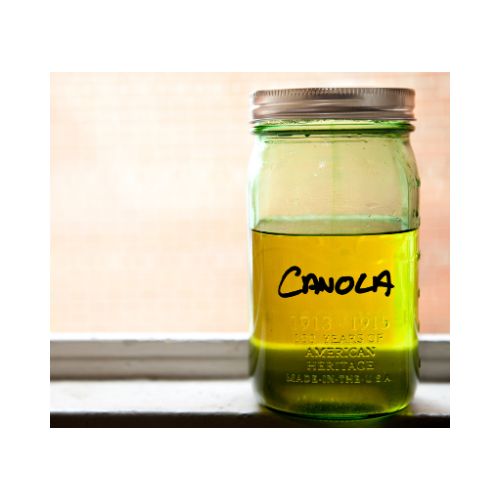
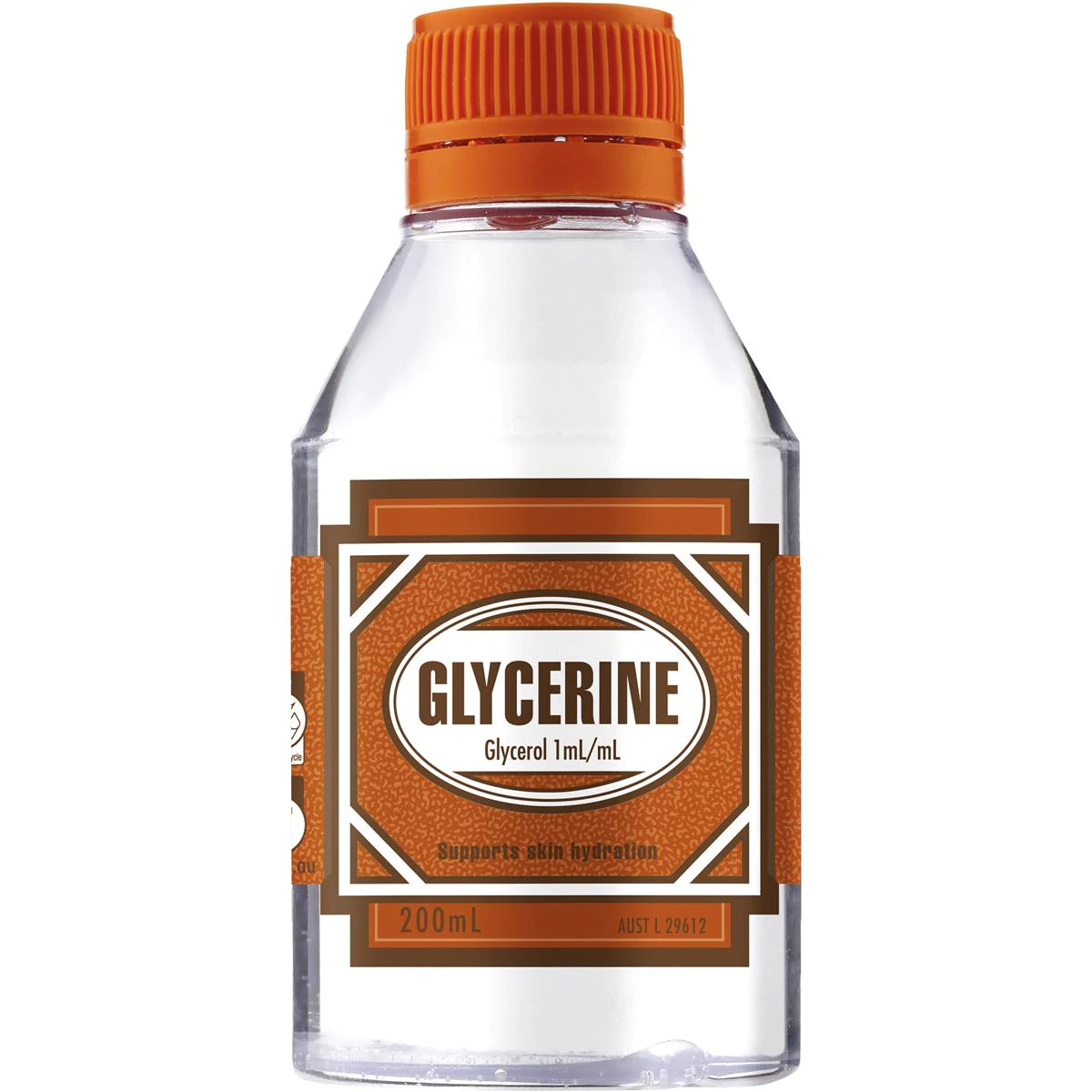






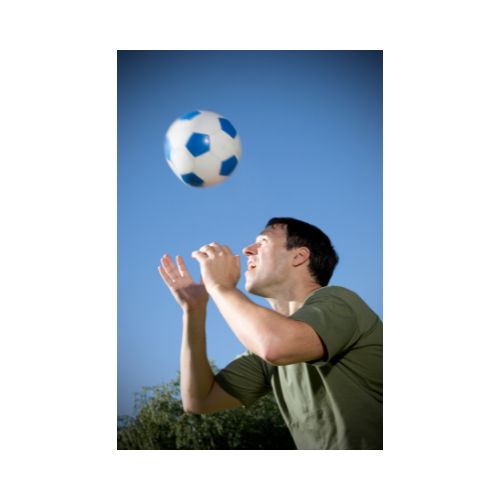
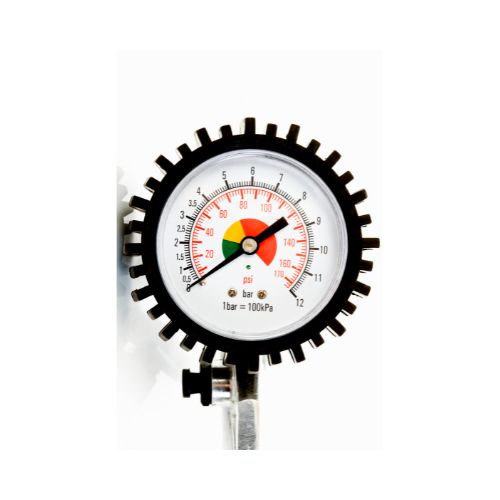


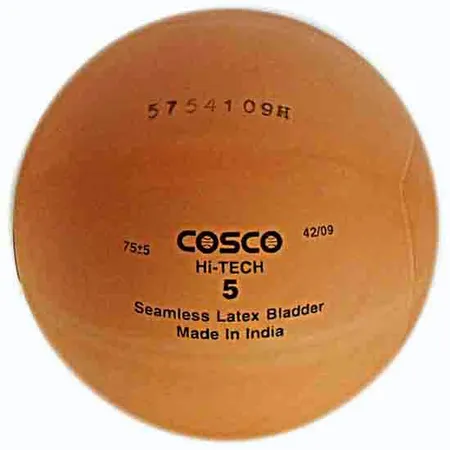
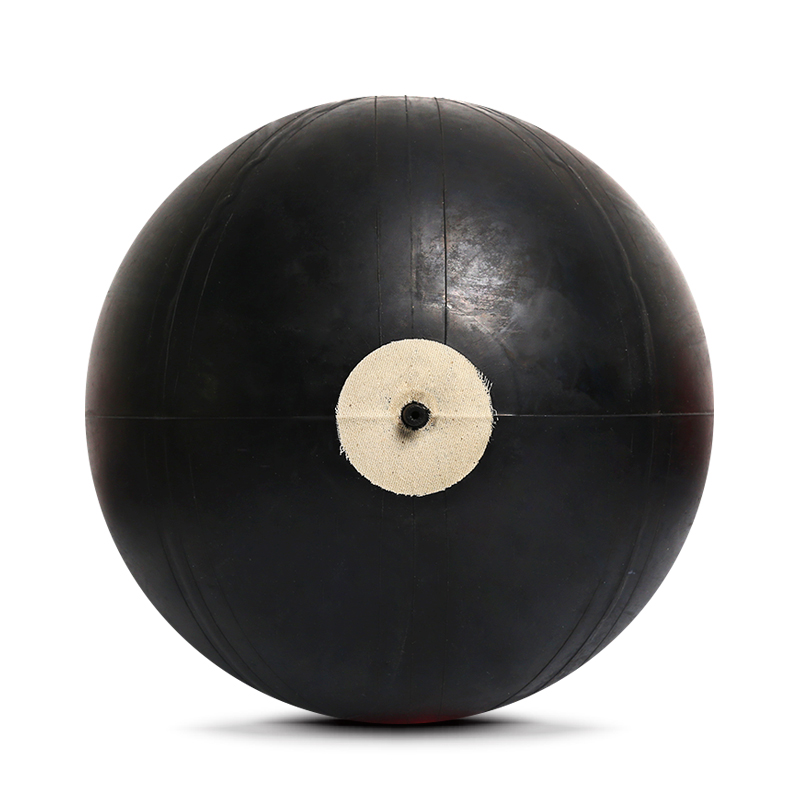






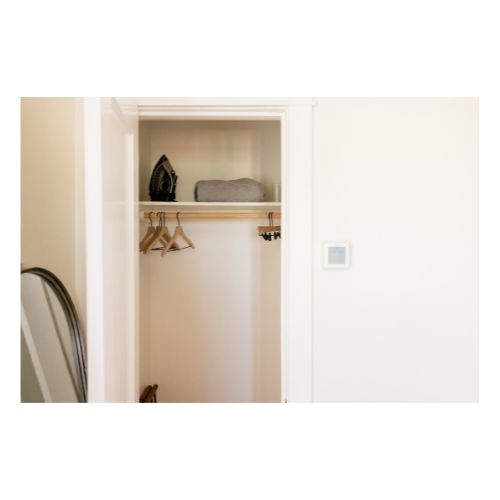
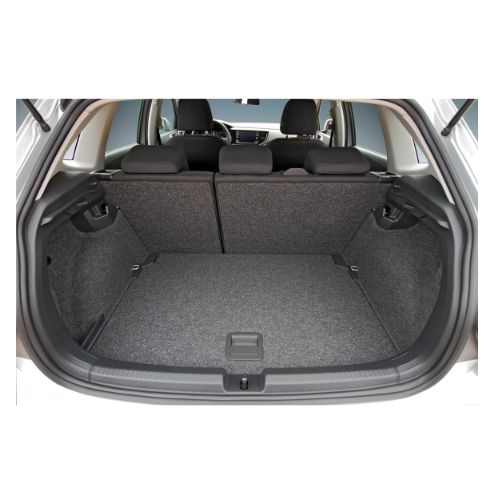
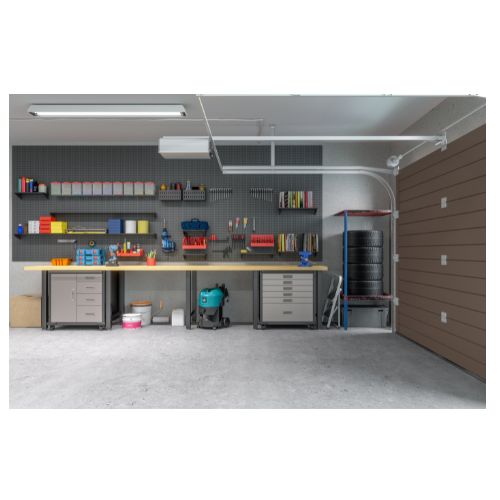

I’m now going to expound on this a little bit.
What air is put into a soccer ball?
Regular air is what is used to fill out soccer balls to their spherical shape.
A mixture of invisible gases makes up the air that we breathe as well as the air that’s inserted into soccer balls.
I’ll now detail exactly what’s contained within regular air.
1. Nitrogen
This gas which accounts for 78% of the Earth’s atmosphere does not give off any odour, colour or taste.
A lot of people naturally think that our planet is just completely filled with oxygen, yet this is far from the case.
Nitrogen is essential for all human and animal life on the Earth and it is present in all living organisms.
2. Oxygen
Next up we have oxygen.
It fills up 21% of the Earth’s atmosphere and is part of the air that what we breathe in and out on a daily basis.
The air inside soccer balls will mainly comprise of oxygen and the previously mentioned nitrogen gas.
3. Argon and carbon dioxide
I thought it would be important to also include argon and carbon dioxide as they make up a tiny fraction of the Earth’s atmosphere as well.
Both of these gases are colourless and odourless so you’re not going to be able to suddenly see them even if you decided to puncture a soccer ball!
Although traces of these two elements within soccer balls are likely to be so miniscule in comparison to nitrogen and oxygen, they are still present to a degree.
Do soccer balls need air?
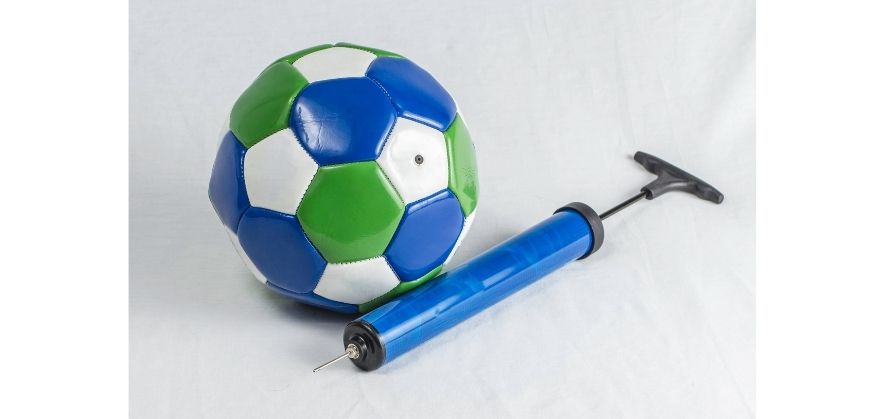
Soccer balls do in fact need to be filled with air.
Without this component, soccer balls would lack the roundness to provide a uniform bounce on the field.
More so, it would be difficult for players to kick the ball in a direction of their own choosing.
When you buy a good soccer ball, be sure to check the fine print that’s usually present on the ball’s outer cover.
The recommended amount of air pressure (measured in psi) to fill the ball with should be clearly outlined – depending on the size of the ball and the manufacturer’s own product specifications.
Related article: do soccer balls sink or float in water?
How to fill a soccer ball with helium
Now before I wrap up this article I’m going to briefly pivot to the topic of helium once more.
You’re probably curious as to what would happen if you filled up a soccer ball with helium instead of regular air, right?
Well, here’s a short video that illustrates exactly what happens:
The two players in the video documented their process for filling up a ball with helium, and I’ll quickly summarise it for you…
- Carefully deflate the ball
- Insert the inflation needle into the valve opening of the soccer ball
- Connect the inflation needle to the nozzle of the helium tank
- Wait for the ball to fully inflate with helium before separating the needle from the valve
- Profit
Having conducted a few speed and kick tests, the participants concluded that there was little to no discernible difference in how the balls behaved when filled with helium.
What I personally noted was that when the helium-filled balls were sent high into the sky, they tended to hang in the air slightly longer than normal air-filled soccer balls would before they descend.
Closing thoughts
I hope this article has been informative for you!
Just as a reminder…
Soccer balls are not filled with helium gas. Instead, they are pressurised with regular air that mainly consists of a combination of two elements called nitrogen and oxygen.
If you enjoy the content that I create and would like to buy me a coffee, then I’d really appreciate it!
Any money that I earn through this donation will be re-invested into more content for this website.
Additionally, by sending in a donation you’ll also receive a copy of my recently released 190+ page eBook on Soccer Ball Care, as well as be subscribed to our mailing list where you’ll be regularly informed on the latest developments concerning the Soccer Whizz blog.
- Future Icons: Europe’s Emerging Midfield Maestros Set for Glory - December 4, 2023
- Kickstarting a Revolution: How Soccer Transformed the United States Over the Last Four Years - October 7, 2023
- 4-1-4-1 Soccer Formation [Analysis] - September 23, 2023

